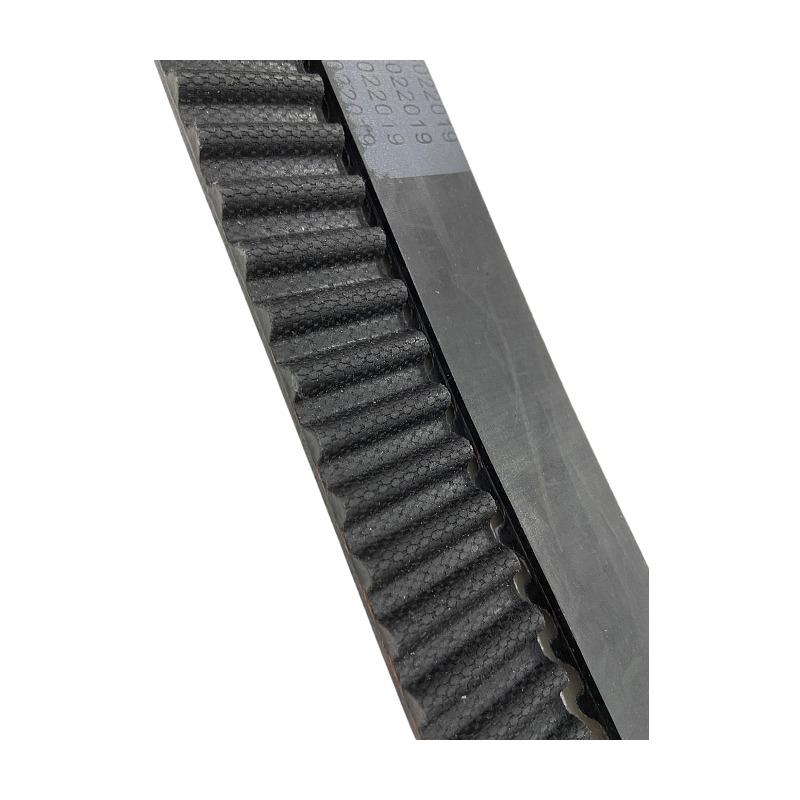- Arabic
- French
- Russian
- Spanish
- Portuguese
- Turkish
- Armenian
- English
- Albanian
- Amharic
- Azerbaijani
- Basque
- Belarusian
- Bengali
- Bosnian
- Bulgarian
- Catalan
- Cebuano
- Corsican
- Croatian
- Czech
- Danish
- Dutch
- Afrikaans
- Esperanto
- Estonian
- Finnish
- Frisian
- Galician
- Georgian
- German
- Greek
- Gujarati
- Haitian Creole
- hausa
- hawaiian
- Hebrew
- Hindi
- Miao
- Hungarian
- Icelandic
- igbo
- Indonesian
- irish
- Italian
- Japanese
- Javanese
- Kannada
- kazakh
- Khmer
- Rwandese
- Korean
- Kurdish
- Kyrgyz
- Lao
- Latin
- Latvian
- Lithuanian
- Luxembourgish
- Macedonian
- Malgashi
- Malay
- Malayalam
- Maltese
- Maori
- Marathi
- Mongolian
- Myanmar
- Nepali
- Norwegian
- Norwegian
- Occitan
- Pashto
- Persian
- Polish
- Punjabi
- Romanian
- Samoan
- Scottish Gaelic
- Serbian
- Sesotho
- Shona
- Sindhi
- Sinhala
- Slovak
- Slovenian
- Somali
- Sundanese
- Swahili
- Swedish
- Tagalog
- Tajik
- Tamil
- Tatar
- Telugu
- Thai
- Turkmen
- Ukrainian
- Urdu
- Uighur
- Uzbek
- Vietnamese
- Welsh
- Bantu
- Yiddish
- Yoruba
- Zulu
සැප්. . 22, 2024 22:00 Back to list
car transmission belt
The Importance of Car Transmission Belts
In the world of automotive engineering, there are numerous components that play critical roles in ensuring the smooth operation of vehicles. Among these, the transmission belt stands out as a key player, facilitating the effective transfer of power from the engine to the wheels. Often overlooked, the transmission belt is essential for both automatic and manual vehicles, and understanding its function, signs of wear, and maintenance can be invaluable for car owners.
Function of Transmission Belts
Transmission belts, commonly referred to as timing belts or serpentine belts, are rubber belts that connect various components of a vehicle's engine. In a timing belt, the primary purpose is to synchronize the rotation of the crankshaft and camshaft, ensuring that the engine's valves open and close at the appropriate times during each cylinder's intake and exhaust strokes. This synchronization is crucial for optimal engine performance, fuel efficiency, and reduced emissions.
On the other hand, serpentine belts are multi-functional belts that drive several peripheral devices in the engine, such as the alternator, power steering pump, air conditioning compressor, and water pump. By replacing multiple belts with one, manufacturers streamline the belt system, making it easier to maintain and replace. The efficiency of these belts directly impacts the overall performance of the vehicle.
Signs of Wear and Tear
Like all automotive parts, transmission belts do not last indefinitely. Over time, they can wear out due to exposure to heat, friction, and environmental factors. Car owners should be vigilant and look out for warning signs indicating that a belt may need to be replaced. Common symptoms of a failing transmission belt include
car transmission belt

1. Unusual Noises A squeaking or grinding noise can signal that the belt is slipping or fraying. 2. Warning Lights Most modern vehicles are equipped with dashboards that light up when issues arise. If the check engine light or another warning appears, it may be time to inspect the belts. 3. Performance Issues If the vehicle experiences problems like difficulty steering, fluctuating power levels, or failure of accessories like the air conditioning, it might be due to a malfunctioning belt.
Maintenance and Replacement
Maintaining the transmission belt is crucial for the longevity and efficiency of a vehicle. Regular inspections should be part of a comprehensive maintenance schedule. Mechanics generally recommend checking the timing and serpentine belts every 60,000 to 100,000 miles, though this may vary depending on the vehicle's make and model.
When replacing a transmission belt, it's essential to use high-quality parts compatible with your vehicle. Cheaper, inferior belts may not perform effectively and could lead to further mechanical issues down the line.
Conclusion
In summary, the transmission belt plays a pivotal role in a vehicle's performance and reliability. By understanding its functions, recognizing signs of wear, and adhering to a proper maintenance schedule, car owners can ensure that their vehicles operate smoothly and efficiently. Regular inspections and timely replacements can not only enhance vehicle performance but also extend the lifespan of the engine, making the transmission belt an essential component in automotive care.
-
Korean Auto Parts Timing Belt 24312-37500 For Hyundai/Kia
NewsMar.07,2025
-
7PK2300 90916-T2024 RIBBED BELT POLY V BELT PK BELT
NewsMar.07,2025
-
Chinese Auto Belt Factory 310-2M-22 For BMW/Mercedes-Benz
NewsMar.07,2025
-
Chinese Auto Belt Factory 310-2M-22 For BMW/Mercedes-Benz
NewsMar.07,2025
-
90916-02660 PK Belt 6PK1680 For Toyota
NewsMar.07,2025
-
drive belt serpentine belt
NewsMar.07,2025

